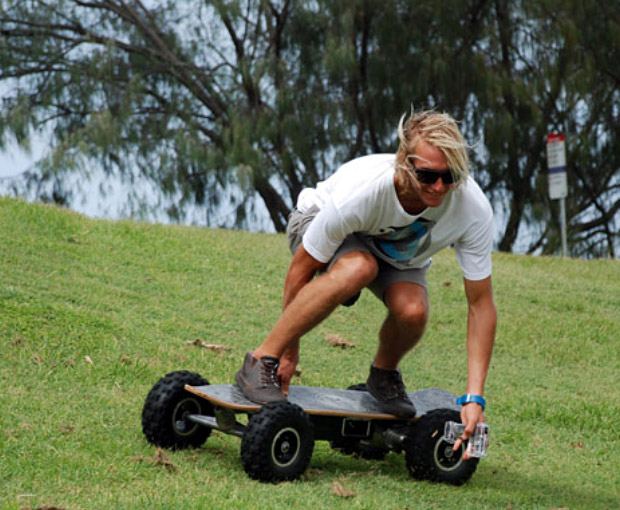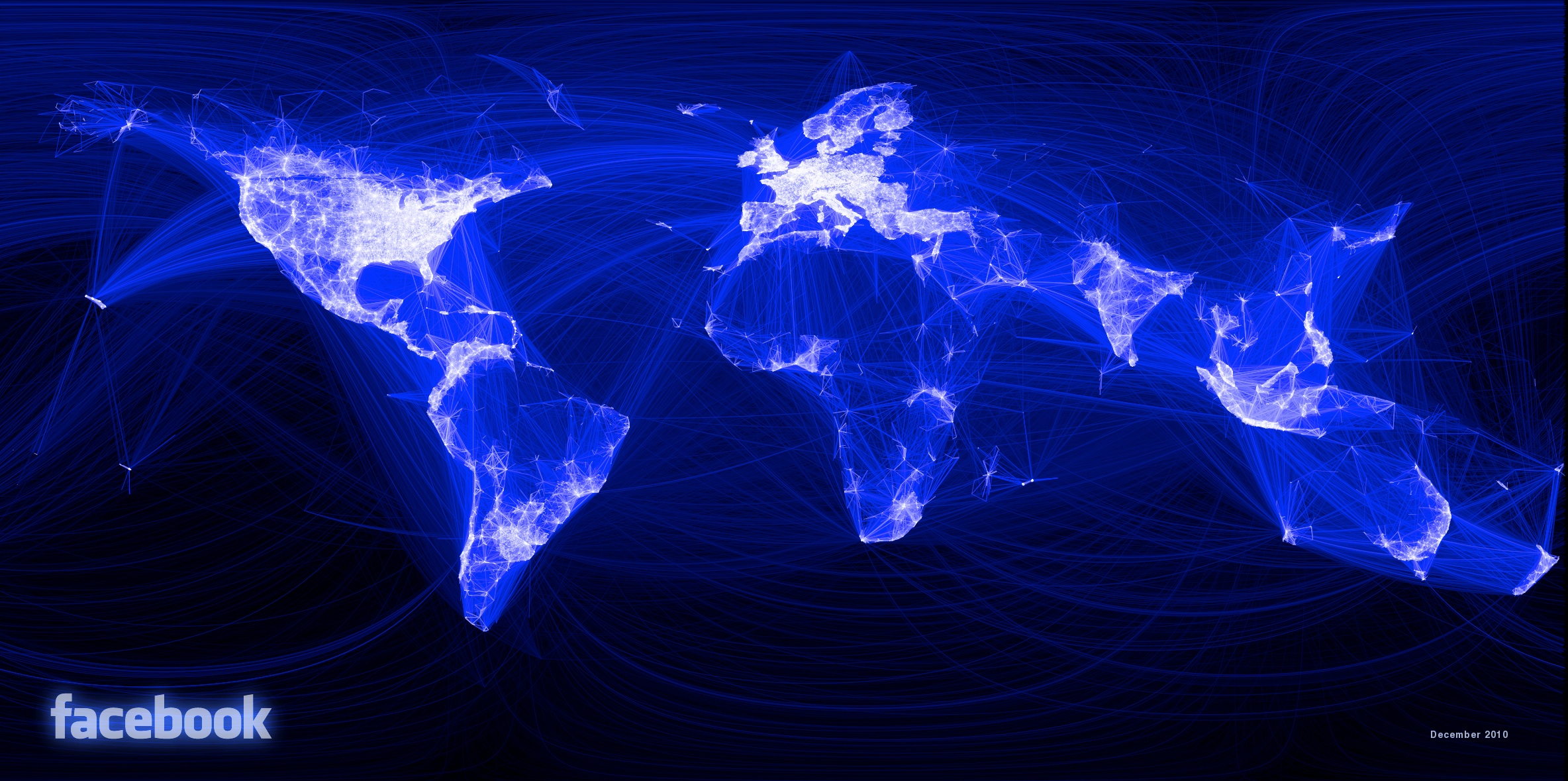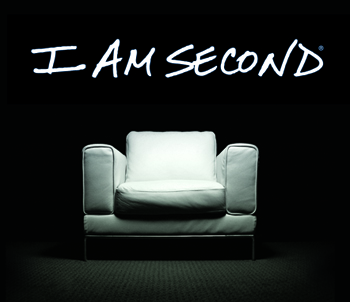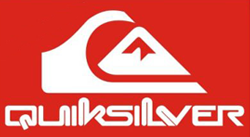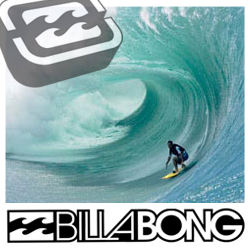Quiksilver Moments Free Full Video
This movies has some great footage of Dane Reynolds, Kelly Slater & others of the Quiksilver super surf squad, Quicksilver has a free download of their new project Moments. It’s free, which means you don’t have to pay. Make sure you watch it in 1080p…ROCKS!!!
Credit Cards of the Not-too-Distant Future
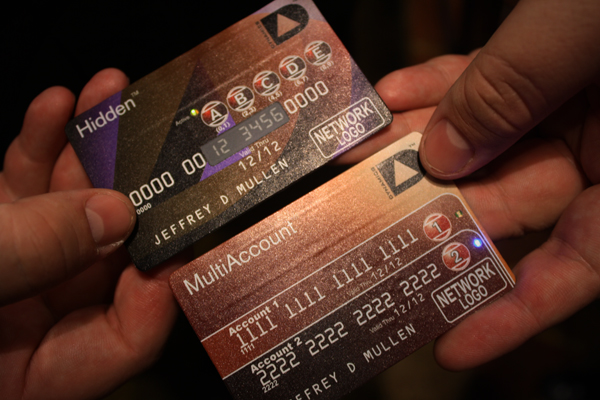
Credit card theft and fraud are two of the largest problems plaguing consumers, banks and businesses today. The problem is exacerbated by the ease at which criminals can steal credit card numbers – either by stealing data with a magnetic strip reader, or by copying a number down with pen and paper. A new revolution in credit card technology, however, looks to solve these problems by creating an ultra-secure smart credit card.
Click Here to go to the website.
Facebook Mapping
Map of the World Drawn Entirely Using Facebook Connections
The above map of the world, drawn by Facebook data structuring intern Paul Butler using connections between 10 million Facebook friends, is interesting enough in itself until you realize that all of the country borders are entirely drawn using Facebook friend connections too. Even if the world was dark and totally unmapped, Facebook could produce a remarkably good approximation of most of its continents’ boundaries, and even the borders of some countries.
It still took some clever math. Butler explains how he did it:
“I defined weights for each pair of cities as a function of the Euclidean distance between them and the number of friends between them. Then I plotted lines between the pairs by weight, so that pairs of cities with the most friendships between them were drawn on top of the others. I used a color ramp from black to blue to white, with each line’s color depending on its weight. I also transformed some of the lines to wrap around the image, rather than spanning more than halfway around the world.
Later I replaced the lines with great circle arcs, which are the shortest routes between two points on the Earth. Because the Earth is a sphere, these are often not straight lines on the projection.
What really struck me, though, was knowing that the lines didn’t represent coasts or rivers or political borders, but real human relationships. Each line might represent a friendship made while travelling, a family member abroad, or an old college friend pulled away by the various forces of life.”
Note the lack of definition in China and Russia, and the relative hole in Brazil.
Click Here to see full size image or Here to read the complete article.
Tycho – PBS
Tycho is one of my favorite electronic artist. PBS comes from the album Past is Prologue which was released back in 2006 by Merck Records. Tycho keeps it Elegant and Sweet!!!
Past is Prologue is a newer release version of Tycho’s original full length album Sunrise Projector. Past is Prologue contains 2 more tracks from Tycho as well as 2 remixes by Nautilis and Dusty Brown. This album also features remixed and remastered versions of the original songs along with all new album artwork.
Video taken from the 2nd Annual Sacramento Electronic Music Festival.
Click Here to go to the Tycho website
Fail Harder
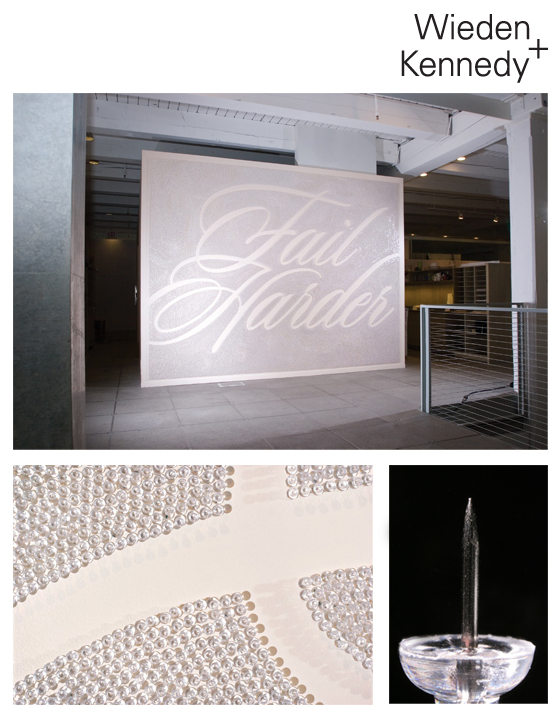
The famous “Fail Harder” push pin sign in the Wieden+Kennedy building. The sign was made by students who used over a 100,000 push pins to make the sign. They bought all the push pins in Portland and had to buy more from stores in San Francisco to finish it.
Microsoft’s Bing Maps augmented reality TED talk
About this Talk:
In a demo that drew gasps at TED2010, Blaise Aguera y Arcas demos new augmented-reality mapping technology from Microsoft.
About Blaise Aguera y Arcas:
Blaise Agüera y Arcas is the architect of Bing Maps at Microsoft, building augmented reality into searchable maps. He’s also the co-creator of Photosynth, software that assembles static photos into a synergy of zoomable, navigatable spaces.
Stuffed Hamburger Press
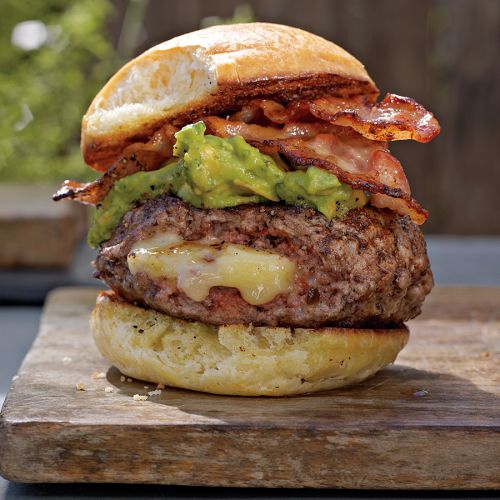
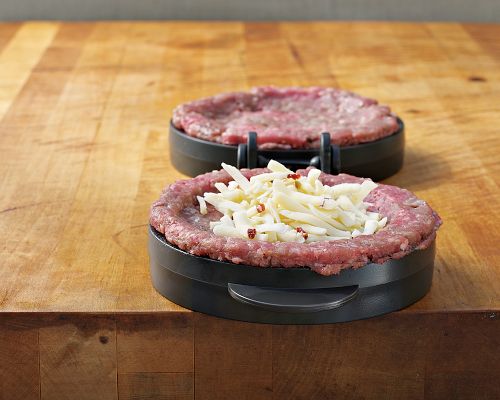
This is hitting near the top of the list of coolest kitchen gadgets I’ve seen. Looks like it makes it all so easy, and the sky is the limit as far as what can be done with the recipes. Gotta Go Gotta Eat!!!
Click Here to go to the website.
LEGO Printer
It uses a felt tip pen for ink!
This has got to be the coolest Lego invention ever. This guy designed,built, and coded it all from scratch including analog motor electronics, sensors and printer driver! He did it just for fun and worked on it for about 3 weeks at night after work. The print was going to have three colors but the inventor had to simplify because he only had four lego motors. The printer can print things at about 75 dots per inch and it prints less than a page per minute.
Pukas + Tecnalia = Surfing + Technology
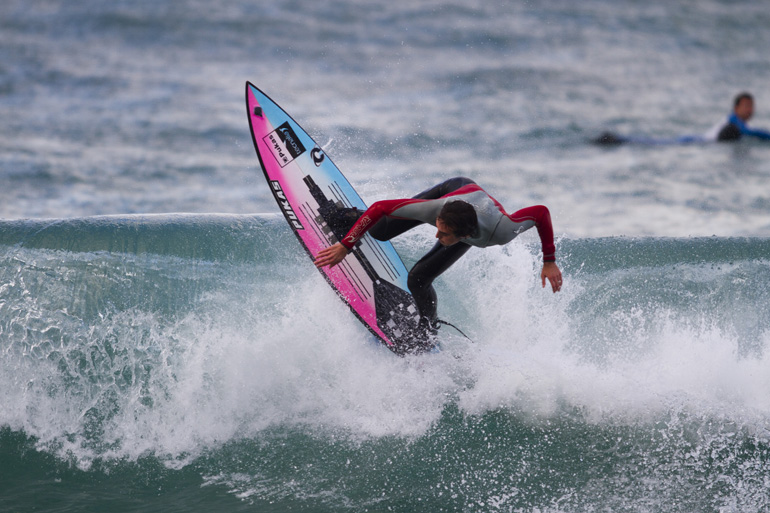
Surfing is still a sport governed by feelings. The driving forces behind this joint project, PUKAS and TECNALIA, aim to “turn feelings into facts and figures” and provide as yet unquantified data that can be directly applied to improve the features of surfboards, the technical performance of surfers and/or measurement of parameters during competition.
Click Here to go to the website.
Copyright © 2011 - ralphster - All rights reserved.













